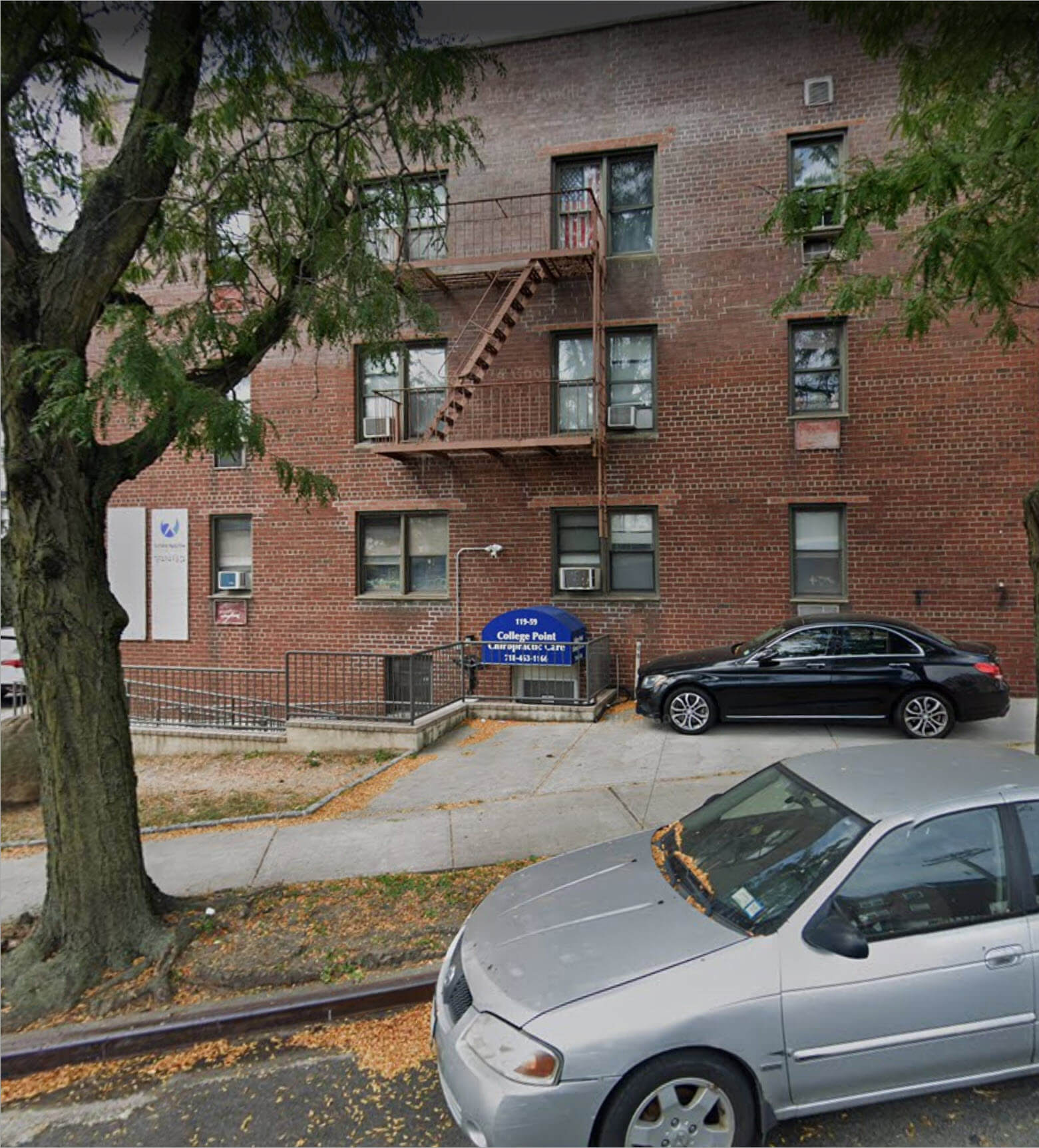
Understanding no-fault laws is crucial for anyone who drives a vehicle in the United States, especially given how these laws affect your rights and obligations following a car accident. No-fault laws are designed to streamline the process of making insurance claims after a car accident, ensuring that victims receive financial support for their losses quickly, without the need for lengthy legal disputes over who was at fault. Let’s delve into the specifics of no-fault laws, personal injury protection (PIP), and what these regulations mean for accident victims in terms of coverage for medical bills, lost wages, and more.
What are No-Fault Laws?
No-fault laws require that car accident victims file a claim with their own insurance company, regardless of who is at fault. This system is intended to reduce the number of lawsuits that arise from car accidents, as compensation for injuries is handled through each driver’s insurance provider under their personal injury protection (PIP) coverage.

Coverage Under No-Fault Laws
Personal Injury Protection (PIP):
PIP is a component of auto insurance policies in no-fault states that covers medical expenses, lost wages, and sometimes services like childcare that the injured party may be unable to perform due to their injuries. Importantly, PIP covers these costs regardless of who caused the accident.
Medical Bills and Physical Injuries:
No-fault insurance is primarily designed to cover medical bills incurred from physical injuries after an accident. This can include everything from emergency medical care to rehabilitation costs and ongoing medical treatments related to the accident.
Lost Wages:
If you are unable to work due to injuries sustained in a car accident, no-fault laws typically ensure compensation for a portion of your lost income through your PIP coverage.

Limitations of No-Fault Laws
Under no-fault laws, personal injury cases involving serious injuries may allow victims to step outside the no-fault system and pursue additional compensation through litigation.
While no-fault laws facilitate quick payouts for certain economic damages, they also impose certain limitations, especially concerning lawsuits for pain and suffering:
Pain and Suffering and Emotional Distress:
Under no-fault laws, suing for pain and suffering is generally not allowed unless the case meets specific criteria, often referred to as a “threshold.” This threshold might be a specific monetary amount of medical bills or a defined level of injury severity, such as significant disfigurement or permanent disability.
Property Damage:
No-fault laws do not cover property damage. Claims for vehicle and other property damages incurred during an accident are typically made against the at-fault driver’s liability insurance in a fault-based claim.
Personal Injury Lawsuits in Fault States
In states that do not follow no-fault laws, also known as “fault states,” accident victims have the right to pursue a personal injury lawsuit against the driver who caused the accident. In these cases, victims may seek compensation for both economic and non-economic damages, including pain and, suffering, and emotional distress, provided they can prove the other driver’s duty of care was breached.
The Role of Insurance Companies
Insurance companies play a pivotal role in the application of no-fault laws. They are responsible for covering the immediate costs of their policyholders’ injuries and related losses after an accident. Understanding the terms of your insurance policy, especially the details regarding PIP coverage and the limits of what it includes is essential for making informed decisions in the wake of an accident.
Navigating No-Fault Laws with Professional Help
The complexities of no-fault laws mean that navigating your rights and responsibilities following a car accident can sometimes be challenging. Professional legal and medical advice is crucial. Services like Injury Docs Now offer access to experts familiar with the intricacies of no-fault insurance. They can help guide accident victims through the process of filing claims, understanding what is covered, and even exploring options when more comprehensive compensation is necessary.
Frequently Asked Questions:
What should I do immediately after a car accident in a no-fault state?
After ensuring safety and calling for emergency services if needed, it’s essential to document the accident scene and exchange information with the other driver, including insurance details. Notify your insurance company about the accident as soon as possible to start the claims process under your no-fault coverage.
How can I document my injuries and expenses for a no-fault claim?
Keep thorough records of all medical treatments, receipts, and doctor’s notes. Document the days missed from work and any other financial impacts related to the accident. This documentation will be crucial when filing a claim with your insurance for coverage under your PIP.
What if my no-fault insurance isn’t enough to cover all my expenses?
If your expenses exceed the limits of your PIP coverage, you may need to use your health insurance to cover additional costs. In cases of severe injuries that meet certain thresholds, you might also have the option to sue for further damages.
Are there any exclusions as to what no-fault insurance will cover?
Yes, no-fault insurance typically does not cover property damage or the other driver’s vehicle damages. These costs are usually covered under separate parts of your auto insurance policy, like collision or comprehensive coverage.
Mastering Your Recovery: Leveraging No-Fault Laws for Effective Post-Accident Management
Understanding no-fault laws and effectively navigating the post-accident landscape is crucial for securing the necessary medical and financial support to foster recovery. These laws minimize legal battles and ensure that accident victims receive timely support. Still, they can also be complex and require a nuanced understanding to benefit from them entirely. For those who find navigating the intricacies of insurance claims and coverage challenging, seeking expert guidance is essential.
Don’t navigate the complexities of no-fault Claims alone. Visit Injury Docs Now to connect with our member’s who can guide you through the process, help you understand your rights, and maximize the benefits available under your insurance policy. Take proactive steps towards your recovery by leveraging the expertise and resources available through Injury Docs Now, ensuring you’re supported every step of the way in your journey back to health.
Visit Injury Docs Now today to find the right doctor and get the care and support you need for both your recovery and legal success.









































